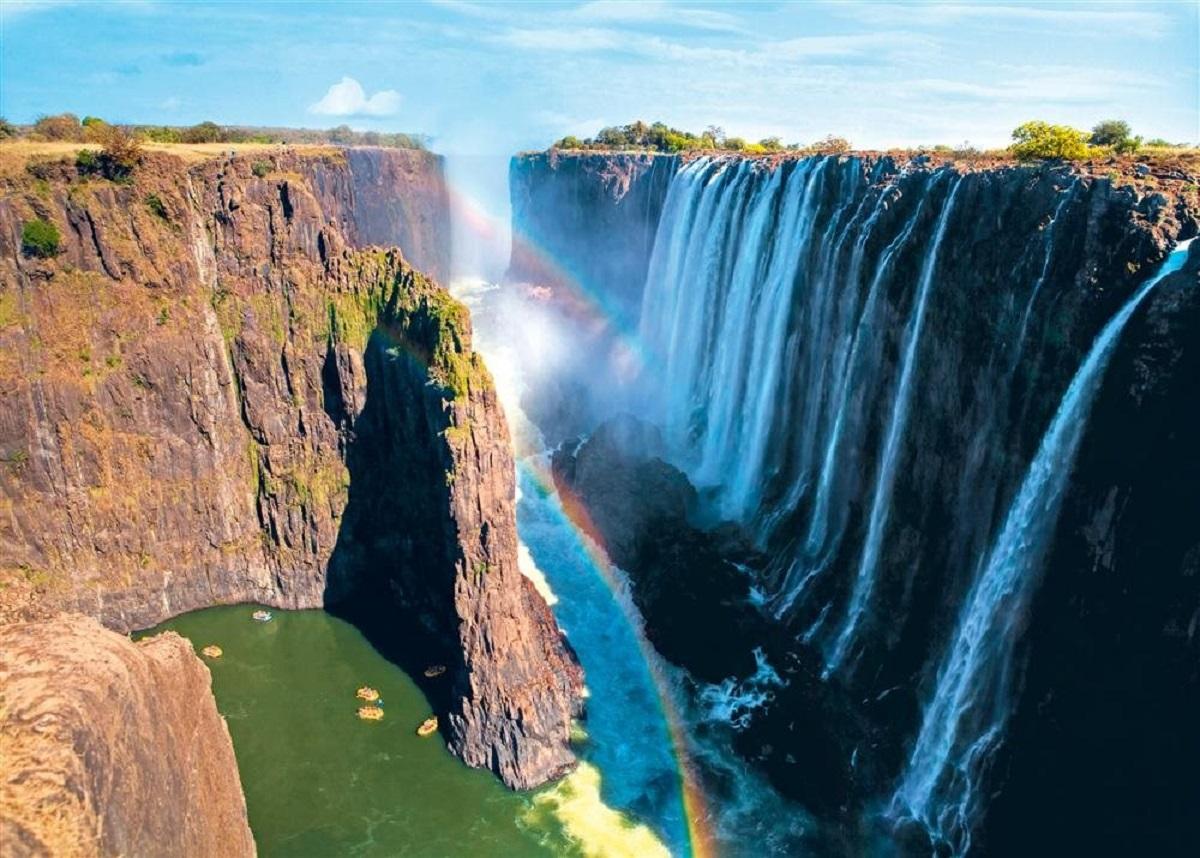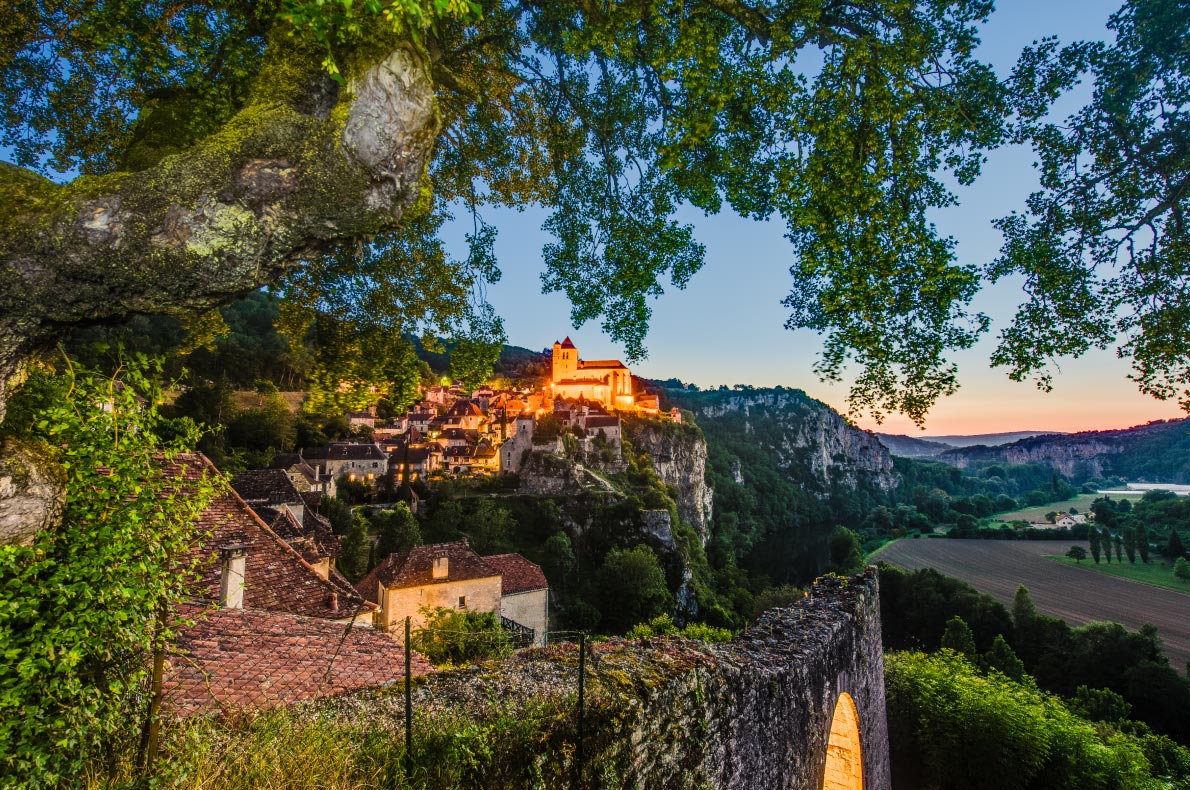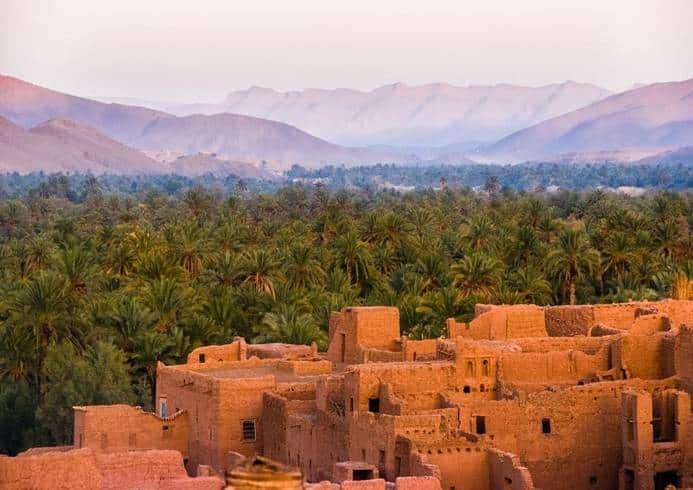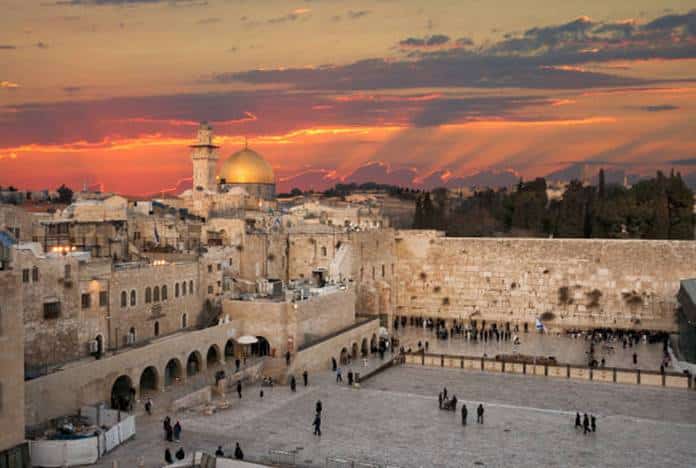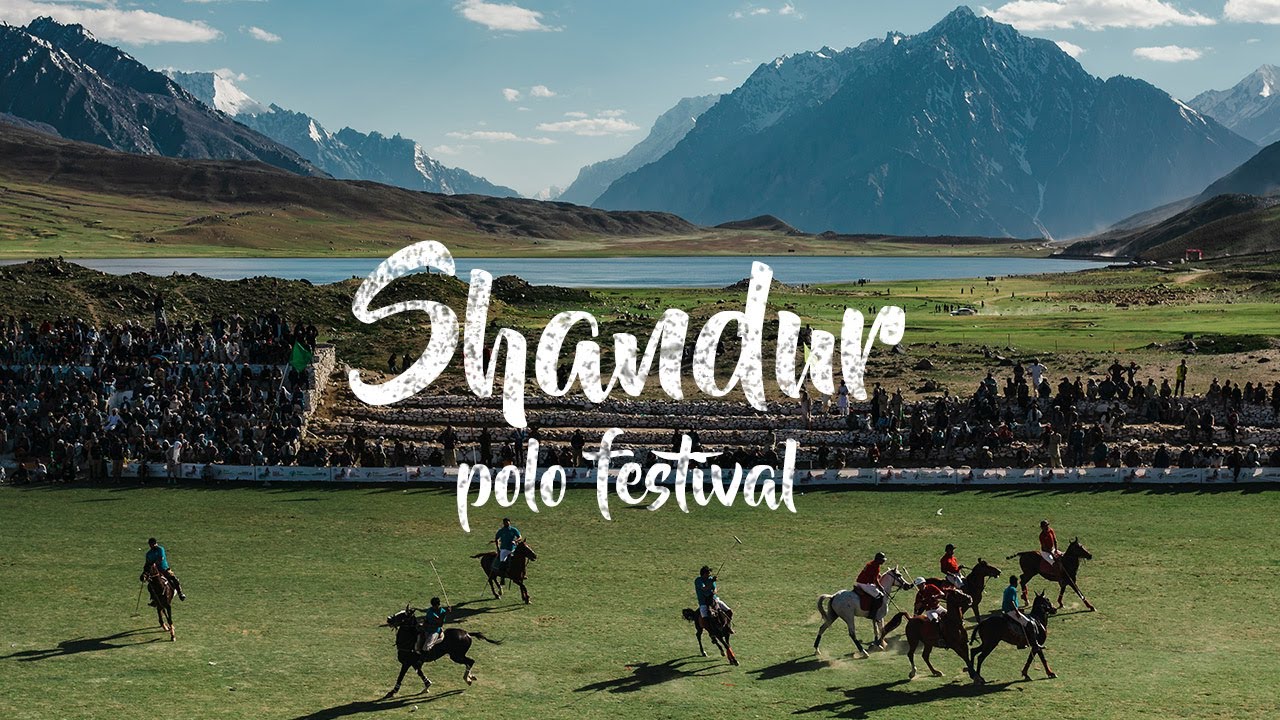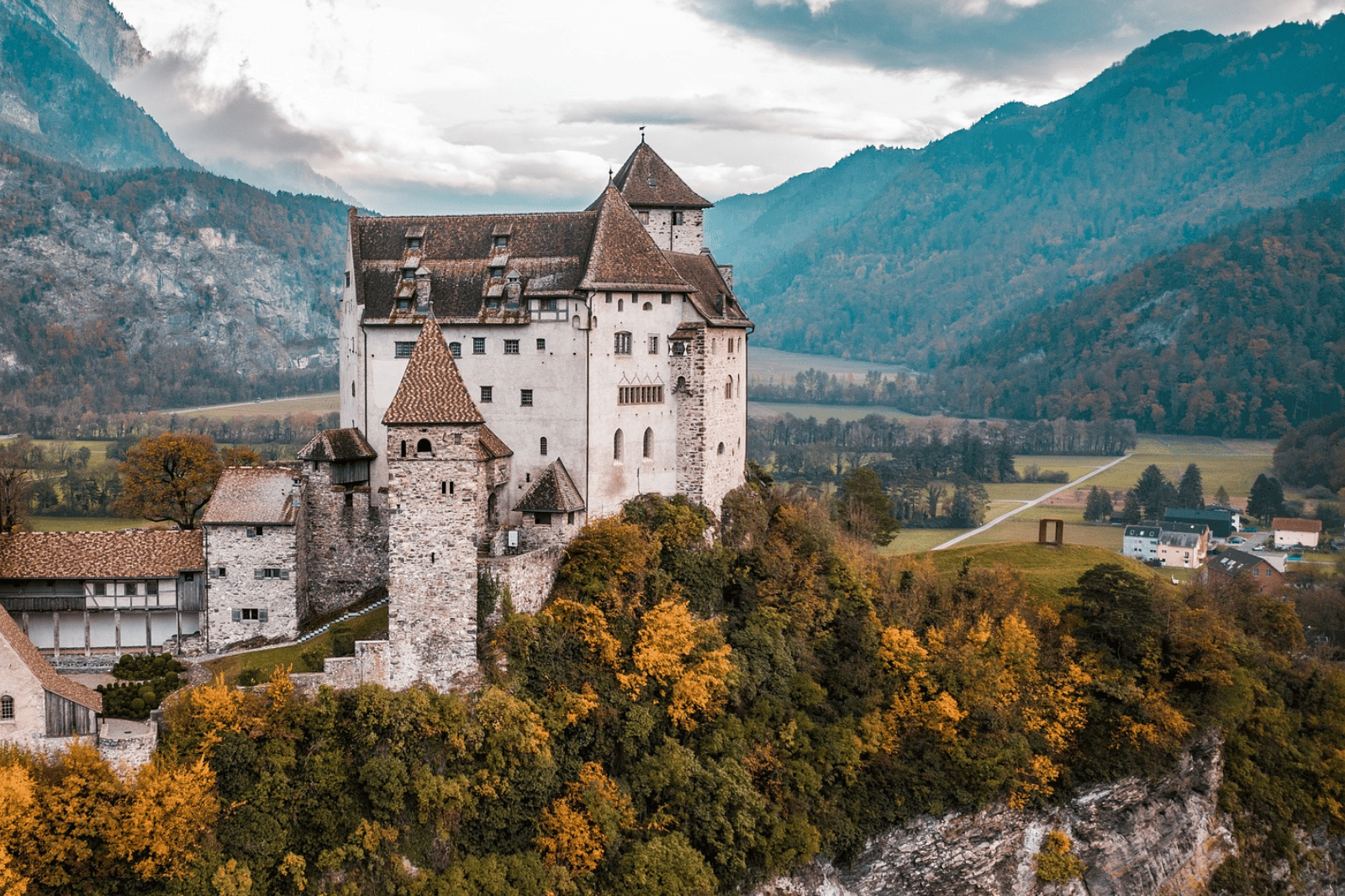Guide to las Cataratas Victoria: Zimbabwe’s Cascading Safari
Located in Zimbabwe, Parque Nacional de las Cataratas Victoria is a breathtaking destination that offers visitors a spectacular view of one of the world’s most magnificent waterfalls. The park encompasses an area of about 23,000 hectares and is known for its stunning natural beauty, diverse ecosystems, and rich wildlife. The highlight of the park, of course, is the Victoria Falls, which is one of the largest and most famous waterfalls globally, with a width of about 1,708 meters and a height of 108 meters.
Known by the local name “Mosi-oa-Tunya,” meaning “The Smoke That Thunders,” the falls create a magnificent spray that can be seen from miles away. Visitors to the park can engage in a variety of activities. These include exhilarating adventures like bungee jumping and white-water rafting to more peaceful experiences like guided nature walks and wildlife spotting.
The park serves as an excellent base for exploring not only the falls but also the surrounding flora and fauna, which includes various bird species and larger wildlife. This makes the park a must-visit destination for nature lovers and adventure seekers.
Please Download Our Mobile App here
Overview of the Park
Parque Nacional de las Cataratas Victoria is situated near the town of Victoria Falls and is part of the UNESCO World Heritage site that includes the falls themselves. Established in 1982, the park plays a crucial role in the conservation of the unique habitats surrounding the falls. The diverse ecosystems within the park range from rainforests fed by the constant spray of the falls to savannah woodlands and riverine forests.
This ecological variety contributes to the rich biodiversity found within the park. The lush vegetation is home to numerous plant species, while the park also supports a variety of wildlife, including elephants, buffaloes, and various antelope species. You can explore the park through several well-maintained trails, providing access to viewpoints that offer stunning vistas of the falls and the surrounding landscape.
Wildlife in the Park
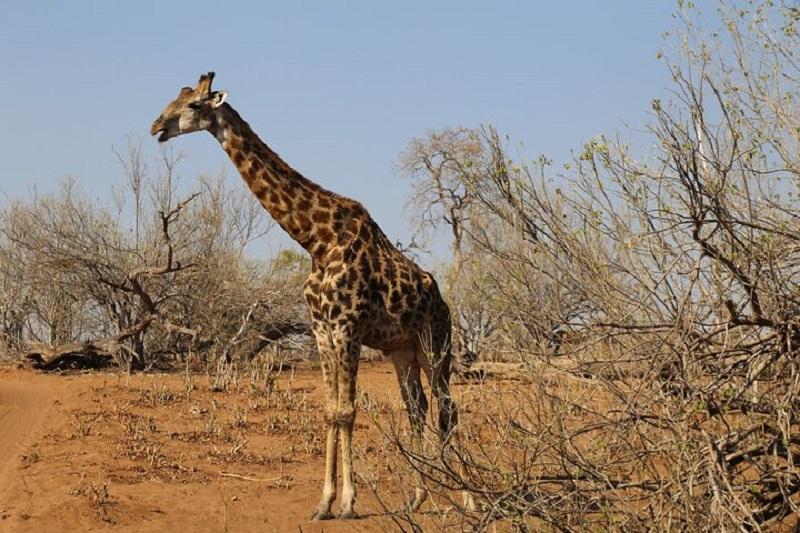
Wildlife enthusiasts will find plenty to appreciate in Parque Nacional de las Cataratas Victoria, as the park hosts an array of animal species that inhabit its diverse ecosystems. The park is particularly known for its populations of elephants, which can often be seen wandering through the wooded areas and along the Zambezi River. You may encounter other large mammals, such as giraffes, buffaloes, and various antelope species, including impalas and kudu.
The park’s rich birdlife is another significant draw, with over 400 recorded species, making it a paradise for birdwatchers. Notable species include the African fish eagle, the white-backed vulture, and the beautifully colored lilac-breasted roller. The varied habitats also support smaller wildlife, such as monkeys, bushbabies, and a plethora of reptiles and amphibians.
Whether on a guided safari or exploring independently, the opportunity to observe this diverse wildlife in their natural environment adds to the magic of visiting Parque Nacional de las Cataratas Victoria.
Best Time to Visit the Park
The best time to visit Parque Nacional de las Cataratas Victoria largely depends on the type of experience travelers seek. The dry season, from May to October, is typically considered the ideal time for wildlife viewing. Animals congregate around water sources, making them easier to spot.
During this period, the weather is also cooler and more comfortable for outdoor activities. However, the falls may have a lower flow during the dry season, particularly in October and November, leading to a less impressive waterfall experience. Visiting during the wet season, from November to April, provides the opportunity to witness the falls at their fullest, as the Zambezi River swells with rainfall.
The lush vegetation during this time also enhances the beauty of the park, making it a stunning backdrop for photographs. Ultimately, the choice of when to visit depends on whether visitors prioritize wildlife viewing or the spectacular display of the falls.
Getting to the Park
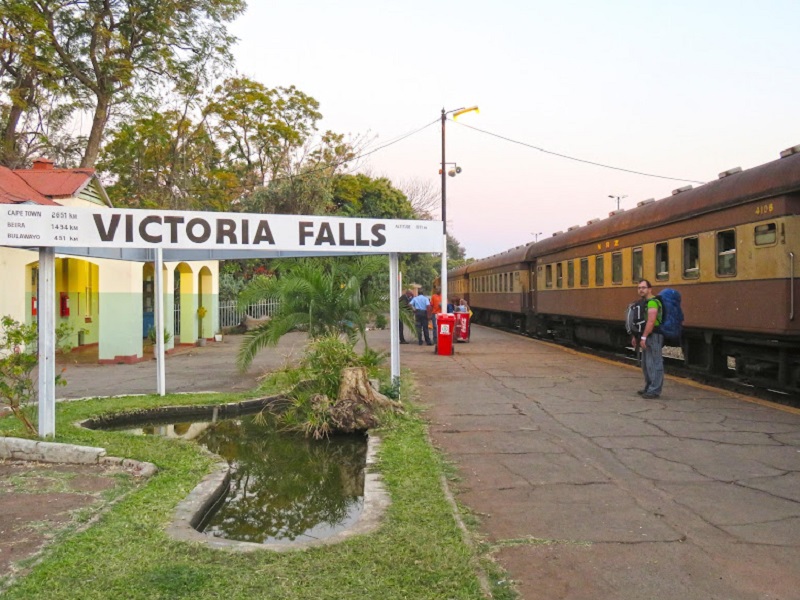
Accessing Parque Nacional de las Cataratas Victoria is relatively straightforward, with Victoria Falls town serving as the primary gateway. The park is about 5 kilometers (about 3 miles) from the town center, making it easily reachable by taxi or on foot. For international travelers, the nearest major airport is Victoria Falls Airport, which is about 20 kilometers (12 miles) away from the town.
The airport offers connections to various regional destinations, as well as international flights. You can arrange for transportation from the airport to their accommodation in town or directly to the park. Once in Victoria Falls, various tour operators offer guided tours and safaris, providing additional options for exploring the park and its surrounding attractions.
Other Activities in the Park
Beyond the stunning views of Victoria Falls, the park offers a plethora of activities for visitors to enjoy. Adventure seekers can partake in thrilling experiences such as bungee jumping from the iconic Victoria Falls Bridge, white-water rafting on the Zambezi River, and scenic helicopter flights over the falls. For those seeking a more leisurely pace, guided nature walks provide opportunities to learn about the local flora and fauna while exploring the park’s diverse habitats.
Birdwatching is another popular activity, with numerous viewpoints and hides available for keen observers. The park’s unique landscapes are also perfect for photography, capturing the beauty of the falls and the surrounding wildlife.
Park Fees
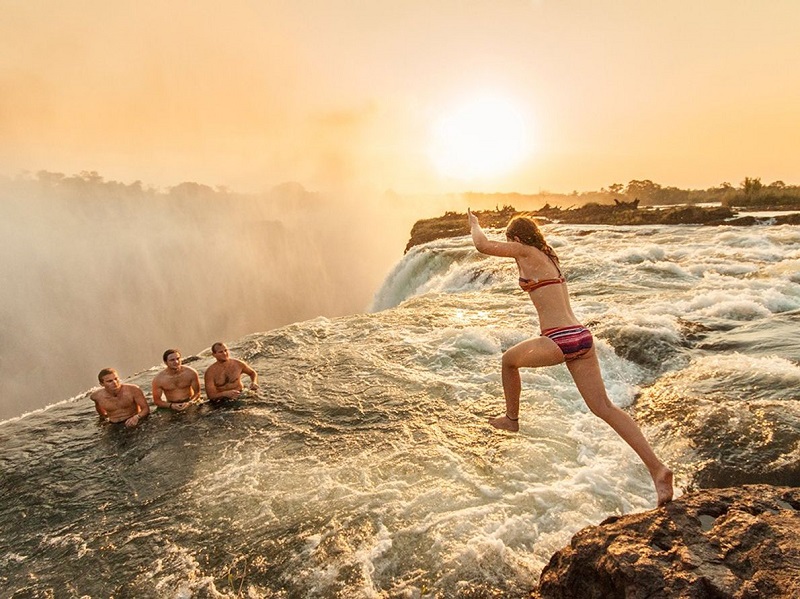
Entrance fees for Parque Nacional de las Cataratas Victoria are relatively affordable, with prices varying based on nationality. As of the latest information, foreign visitors typically pay around $30 per person per day.
It is important for visitors to check the current rates and any additional fees for specific activities, such as guided tours or adventure sports, which can enhance their experience in the park.
FAQs
Can I visit the park during the rainy season?
Yes, visitors can access the park year-round, but be prepared for muddy conditions and possible flooding of some trails during the heavy rains.
Are there guided tours available in the park?
Yes, various tour operators offer guided tours, including wildlife safaris, birdwatching excursions, and cultural experiences.
Is there accommodation within the park?
While there are no lodges within the park itself, several accommodations are available in the nearby town of Victoria Falls, catering to different budgets and preferences.
Conclusion
Parque Nacional de las Cataratas Victoria is a captivating destination that combines natural beauty, diverse wildlife, and thrilling activities. Whether witnessing the awe-inspiring falls or embarking on an adventure in the surrounding landscapes, visitors are sure to create unforgettable memories in this remarkable park.
